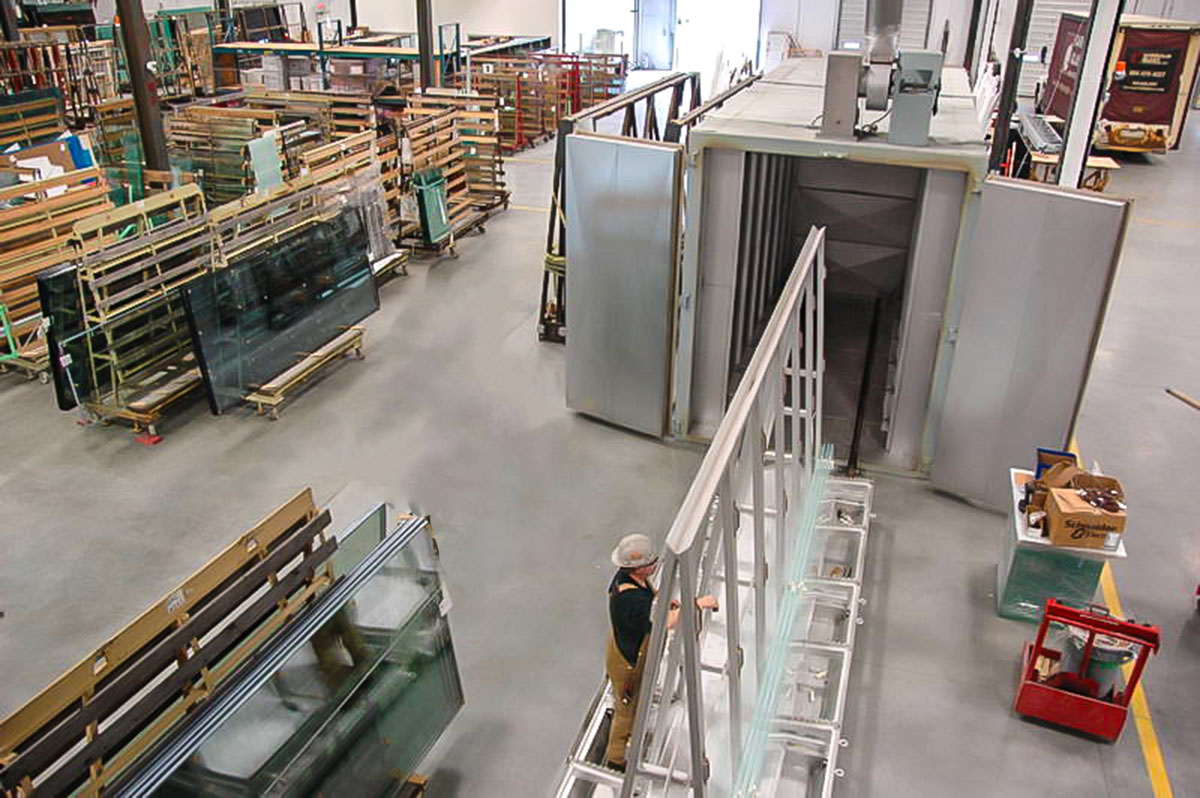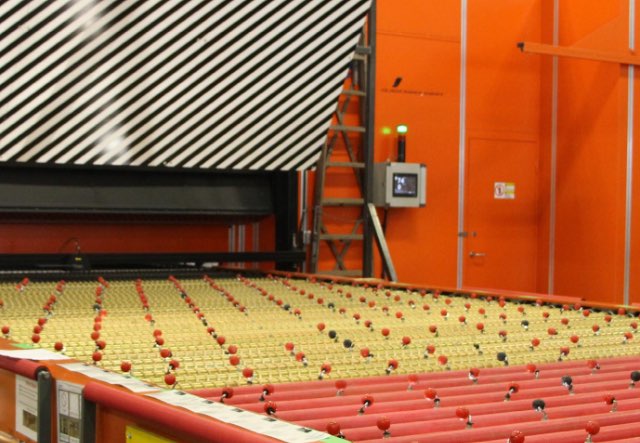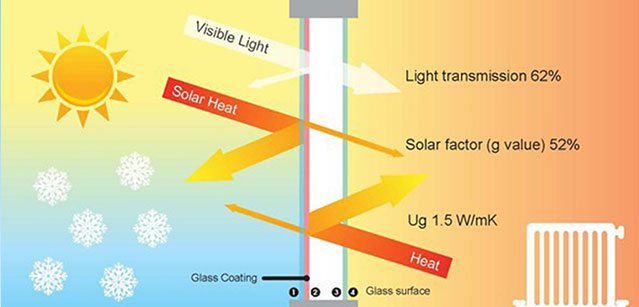Heat-Soaked Glass
How is heat-soaked glass different from tempered glass?
The how is fairly straight forward, heat soaking is a process that checks for seemingly invisible nickel sulphide inclusions in the glass by heating it to 290 degrees Celsius and controlled cycle. If it goes through the cycle and does not explode, then it passed the test. This Can only be done after the glass is fully tempered and it is not 100% effective but does greatly reduce the risk of potential field breakage. In summary, this is an additional but completely separate process from tempering the glass and would never do it with heat strengthened glass.
The Why is a bit more technical and has to do with microscopic impurities in the glass we get from the float plant. Nickle Sulfide (NiS) inclusions are extremely rare, especially in float glass manufactured in North America, but can cause fully tempered glass to spontaneously exploded years after it was installed depending on the application, this can have serious safety implications if someone is standing below.
The NiS inclusions can slowly grow over time to the point where they are pushing out on the glass with enough force to break the glass and spontaneous breakage occurs. Fully tempered glass does not just break in one spot, the entire piece explodes. Heating the glass and folding it for 2 hours at 290 degrees Celsius will expedite the growth of any NiS inclusions and if they are present, the glass should break within the testing cycle.
When designing using glass, you can reduce the risk of breakage due to NiS inclusions by specifying heat strengthened glass, heat soaking fully tempered glass or laminated glass.








